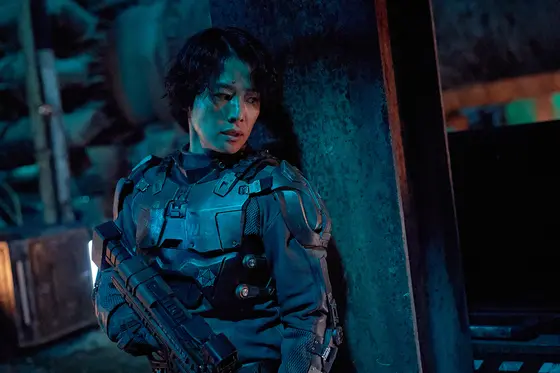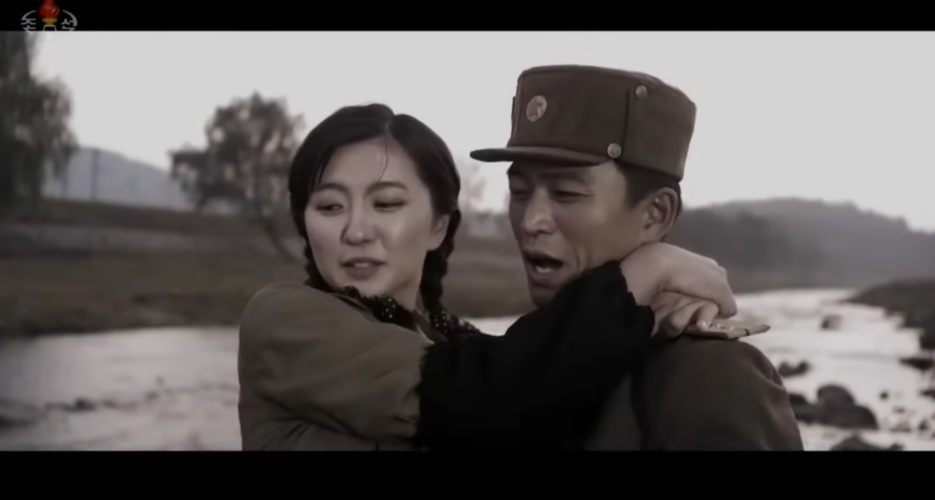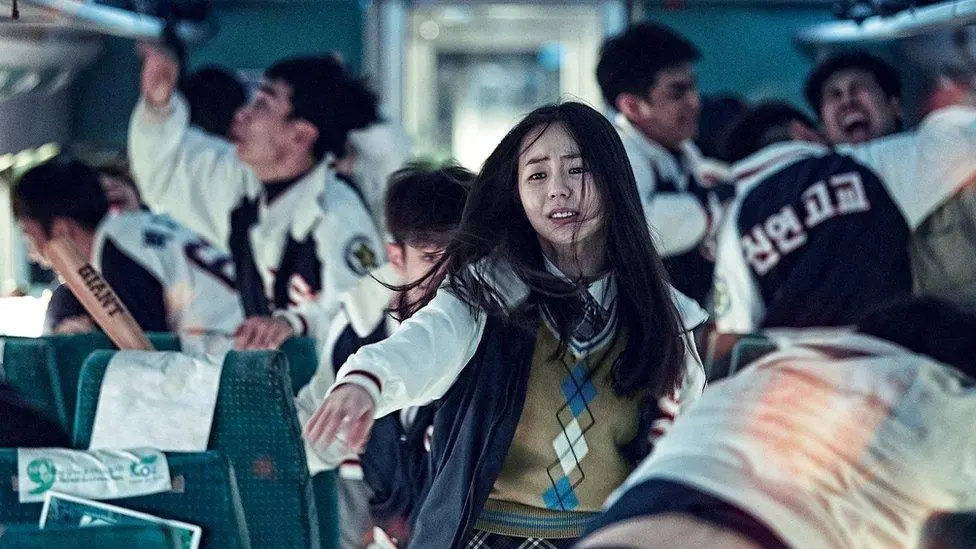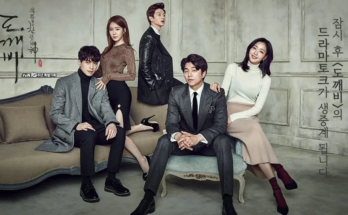Introduction: Lights, Camera, VFX!

Ever watched a Korean movie and thought, “How did they pull that off?” Whether it’s a time-travel portal, a monster rampaging through Seoul, or an apocalyptic disaster, Korean movie visual effects have come a long way.
We’re not just talking flashy explosions. We’re talking about visual storytelling magic, cinematic illusions that have helped transform Korean films into global sensations. Buckle up, because we’re diving into the fascinating journey of how special effects evolved in Korean cinema—from old-school tricks to cutting-edge CGI marvels.
The Humble Beginnings: Practical Effects and Camera Tricks
Before CGI Was Cool

Back in the ’60s and ’70s, Korean directors had to get creative with what they had. No fancy software—just smoke, mirrors, clever lighting, and lots of trial and error. Think of it like using duct tape and sheer willpower to create movie magic.
Costume Monsters and Miniatures
You’d often find giant monsters (or kaiju-style creatures) that were really just guys in suits stomping on miniature city sets. It was simple but effective—and let’s be honest, kind of charming.
The ’90s – When Things Started to Shift
First Steps Toward Digital
The 1990s marked the slow transition from practical effects to digital ones. Korean cinema was still catching up with Hollywood, but a few ambitious projects began experimenting with digital overlays and basic visual enhancements.
Budget Was a Big Deal
A major hurdle? Money. Special effects weren’t cheap, and most Korean films didn’t have blockbuster budgets. So, filmmakers had to choose carefully—where to invest and how to balance storytelling with tech.
The 2000s – A Digital Awakening
“The Host” Changed Everything
When Bong Joon-ho’s The Host hit theaters in 2006, it was a game-changer. The creature was created using cutting-edge CGI, thanks to collaborations with foreign VFX houses. It put Korean cinema on the international VFX map.
Blending Practical with Digital
Around this time, directors began mixing practical effects with CGI. This blend created realism without losing that gritty, tangible feeling Korean films are known for.
The Rise of VFX Studios in Korea
Homegrown Talent Takes the Lead
Soon after The Host, Korean VFX studios like Dexter Studios and Macrograph began stepping up. No more relying solely on Hollywood. These studios brought high-quality, cost-efficient visual effects to local productions.
From Local to Global
These studios didn’t just support Korean cinema—they went international. For instance, Dexter Studios worked on Along With the Gods, one of the highest-grossing Korean fantasy films packed with stunning supernatural visuals.
Modern Masterpieces: The New Wave of SFX
Train to Busan – Zombies Done Right

Forget makeup-heavy horror. Train to Busan gave us high-intensity zombie scenes enhanced with just the right amount of CGI. The film’s VFX added urgency without overkill, proof that less can be more.
Space Sweepers – Korea Goes Sci-Fi
Korean cinema took a bold leap into outer space with Space Sweepers in 2021. With breathtaking space battles, robots, and zero-gravity sequences, it was a clear sign that Korea was now a serious player in sci-fi filmmaking.
Realism Is the New Spectacle
Subtle Yet Stunning
Today, Korean filmmakers use SFX more like seasoning than the main dish. It’s about enhancing the story, not distracting from it. Whether it’s subtle weather manipulation or seamless green screen scenes, it’s all about immersion.
Historical Films Get a Tech Boost
Even period dramas like The Great Battle use visual effects to recreate massive war scenes, castles, and environments, without breaking the historical vibe.
The Role of AI and Virtual Production
What’s Next for Korean VFX?
Virtual production, AI-enhanced rendering, and real-time editing are creeping into the Korean scene. These tools speed up production and reduce costs while raising quality—especially for fantasy, sci-fi, and thriller genres.
Korea’s Own “The Volume”?
With Korea’s tech infrastructure, it’s only a matter of time before studios build their own versions of virtual production stages like those used in The Mandalorian.
Cultural Influence on VFX Style
A Different Visual Language
Korean films often lean into emotional storytelling. So the SFX isn’t just for show—it’s tied deeply to mood and theme. Whether it’s a rainstorm during heartbreak or dreamlike sequences in fantasy, the effects amplify the soul of the story.
Blending East and West
Korean SFX artists are now known for blending Eastern aesthetics with Western technology—a mix that’s visually rich and emotionally gripping.
Global Recognition and Awards
From Cannes to the Oscars
While most awards go to acting or directing, Korean films are slowly gaining recognition for technical achievements too. Okja, The Handmaiden, and Space Sweepers all garnered praise for visual innovation.
The Netflix Effect
Global platforms like Netflix are fueling this growth. With more investment in Korean content, there’s more budget—and pressure—to make VFX look world-class.
Audience Expectations Are Higher Than Ever
We Know When It’s Fake
Let’s face it: audiences today are smart. They can spot bad CGI from a mile away. That’s why Korean VFX teams are raising their game to create seamless, believable effects that don’t yank viewers out of the story.
VFX in K-Dramas – The New Frontier
Not Just the Big Screen
Don’t sleep on K-dramas! Shows like Alchemy of Souls, Sweet Home, and Arthdal Chronicles boast VFX that rival big-budget films. Weekly episodes with blockbuster-quality effects? That’s the new standard.
Challenges Facing Korean VFX Artists
Budget vs. Creativity
Balancing cost with creativity remains a challenge. While global interest is growing, not every project has a Netflix-sized budget.
Burnout and Workforce Shortage
Just like in Hollywood, VFX artists in Korea face tight deadlines and heavy workloads. The industry is booming, but sustainable work practices are still catching up.
Conclusion: The Future Is Visually Bright
From monster suits and camera tricks to full-blown interstellar adventures, the evolution of Korean movie visual effects is nothing short of inspiring. It’s a blend of storytelling heart, cultural identity, and next-gen technology.
Whether you’re watching zombies, ghosts, or galaxies far, far away—one thing’s clear: Korea isn’t just making movies. It’s making movie magic.
The History of Free Love: How the Sexual Revolution Shaped Modern Relationships
FAQs About Special Effects in Korean Cinem
1. When did Korean cinema start using CGI?
Korean cinema began experimenting with CGI in the late 1990s, but it wasn’t until the 2000s with movies like The Host that Korean movie visual effects really took off.
2. What was the first Korean movie to use advanced special effects?
The Host (2006) is widely considered the turning point, thanks to its impressive creature design and global success.
3. Are Korean VFX studios competitive with Hollywood?
Yes! Studios like Dexter and Macrograph now work on both domestic and international projects, matching global quality at lower costs.
Supporting a Partner Through Addiction: A Compassionate Approach
4. How has streaming affected special effects in Korea?
Platforms like Netflix have increased budgets and global exposure, pushing Korean filmmakers to elevate their Korean movie visual effects game.
5. What genres benefit the most from VFX in Korean cinema?
Fantasy, sci-fi, thrillers, and historical epics use VFX heavily to build immersive, believable worlds.
The No Bra Lifestyle: Why More Women Are Going Braless and Loving It


